Tanks for Platypus (Monbulk Creek Smart Water Network) aims to safeguard the health of Monbulk Creek and consequently, the platypus that depend on it for survival, by installing rainwater tanks that can capture and release water in times of need.
Monbulk Creek was identified as a priority area as it contains one of Melbourne’s remaining populations of platypus who are under threat from factors such as:
- stormwater pollution
- litter
- flooding events
- habitat and biodiversity loss.

This project is a collaborative effort between Melbourne Water, University of Melbourne, the Department of Energy, Environment and Climate Action, South East Water, Yarra Ranges Council and the Australian Research Council.
Platypus in Monbulk Creek
To protect platypus in Monbulk Creek. The Victorian Government formally listed the platypus population in Victoria as vulnerable in 2021.
Enhanced Environmental Flows
Maintain sustainable water flows. This includes during wet and dry periods.
Protect Monbulk Creek
Improve water quality, decrease flooding events and enhance habitats and biodiversity through sustainable environmental flows.
Water Savings
Program participants will gain a water tank at no cost and will save water and money in the process.
Tanks for Platypus will help protect the health and integrity of Monbulk Creek, improve water quality and environmental water flows, ensuring a sustainable environment for both wildlife and residents.
The project will involve installing rainwater tanks equipped with advanced technology called Tank Talk® on private and public property.
The tanks enable real-time monitoring to manage stormwater:
- water can be released prior to heavy rainfall events, reducing the risk of localised flooding
- in dry periods, a steady flow of water can be released to improve water levels in the creek, supporting wildlife.
Residents with a suitable property may be invited to join the project. Successful applicants will be eligible for a rainwater tank equipped with Tank Talk® technology to be installed at no cost and can use the collected rainwater for household purposes such as flushing toilets and watering gardens.
Some of the water in each tank may be remotely released into Monbulk Creek as needed. Participants will be able to monitor their tank to see how it’s performing and the effect on Monbulk Creek.
If you own a property near Monbulk Creek in Upwey, Tecoma, Belgrave, Belgrave Heights, Belgrave South, Selby, Sherbrooke and Kallista and would like to learn more about Tanks for Platypus or discuss if your property is suitable contact Council on 1300 368 333 or via sustainability@yarraranges.vic.gov.au
Please note not every property is suitable for this project. If you meet the following initial criteria progress to the frequently asked questions section to find out more.
- You must be a South East Water customer
- You must live in the Monbulk Creek catchment area
- The roads adjacent to your property are asphalt and have concrete gutters/drains (unmade roads are not suited to this project)
- Your property must directly connect to the creek with a visual stormwater pipe or your property drains to a concrete curb and enters the gutter through a curb
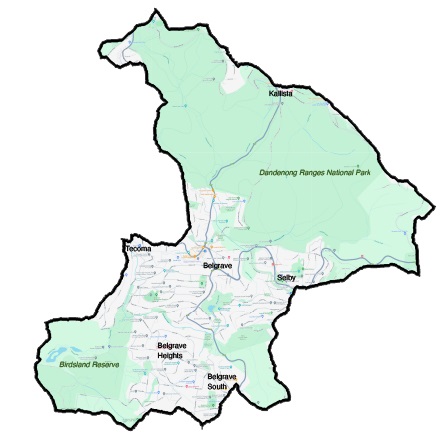
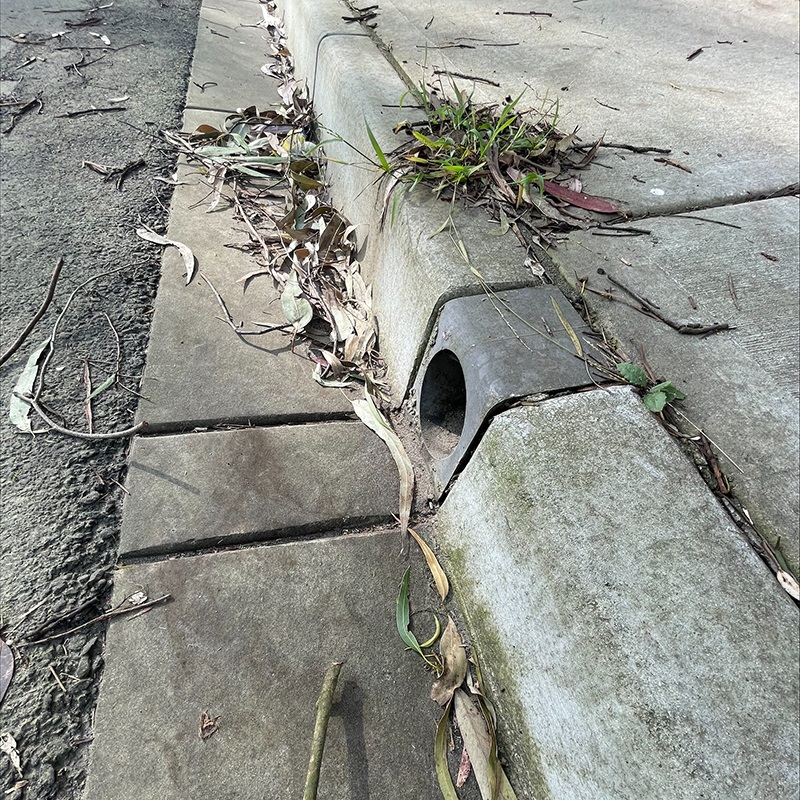
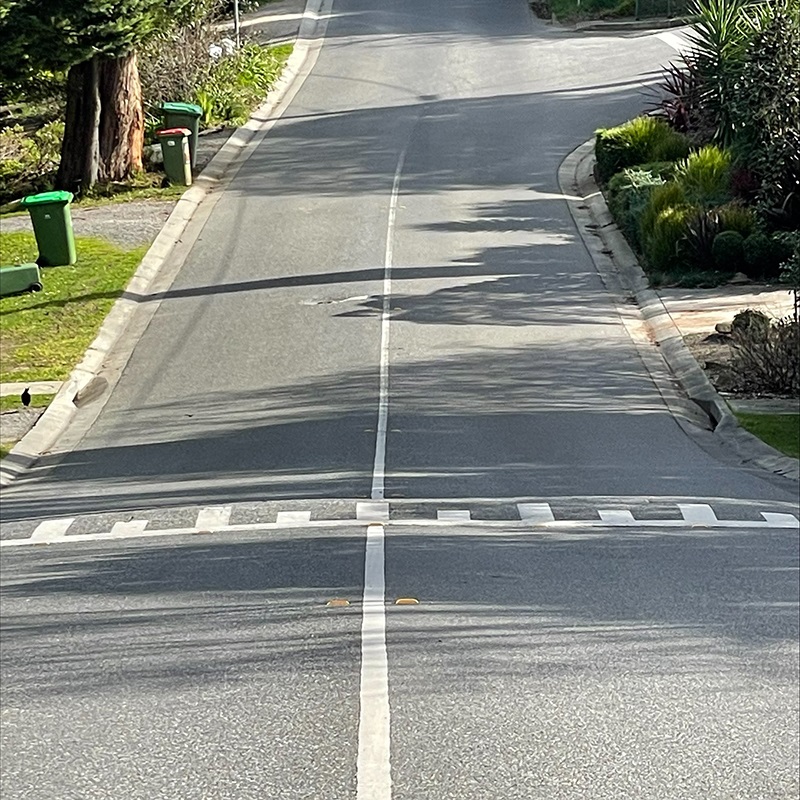
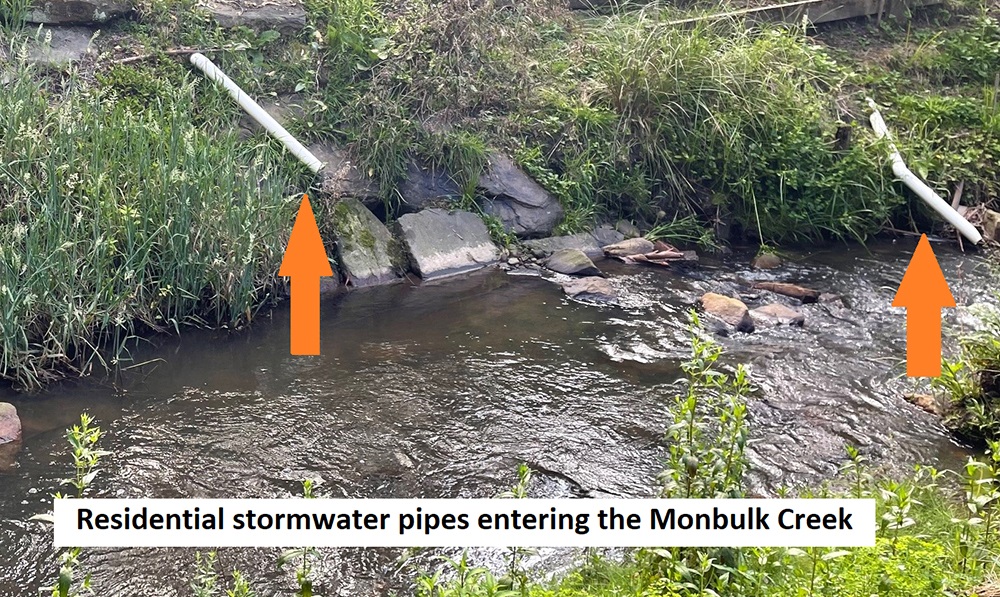
How long does the project go for?
The project is estimated to finish at the end of 2029 but may be extended if extra grant funding is sourced.
What are the Tanks for Platypus and how do they work?
Each water tank will be fitted with real-time technology called Tank Talk® that transforms a regular rainwater tank into one that can be operated remotely to release water based on weather forecasts and stream conditions. Visit Iota to learn more about Tank Talk®
What information will be collected?
- How much rainwater is saved over time by using the platypus tanks
- How much tank water a household can save
- How people engage with water and their local environment
Do I need to be with a specific water provider?
Yes. You must be a South East Water customer.
Who can join the project?
Landowners in the Monbulk Creek catchment which include sections of Upwey and Tecoma, Belgrave, Belgrave Heights, Belgrave South, Selby, Sherbrooke and Kallista can apply to be part of the project, however, there are specific factors that determine property suitability and not all applicants will be successful.

What factors determine a suitable property?
Each application will be assessed on a case-by-case basis for each individual site. We will look at the associated costs, the ease of site access, landslip risk, tank size, drainage and the connectiveness to Monbulk Creek via direct connection or stormwater system.
Connection to Monbulk Creek
Direct Connection
Some properties within the Monbulk Creek catchment may have a direct connection. This means the property's stormwater pipes enter straight into the creek from the property. Stormwater pipes entering the creek may be observed from the edge of the creek embankment but sometimes these pipes can also be hidden in between vegetation, and they can be hard to spot.

Direct Stormwater Connection
Some properties are located on an asphalt road with concrete gutters and the property has a direct connection to the stormwater system beneath the ground. It may be difficult to determine if you have this type of drainage because it is underground. Some properties are connected through a stormwater easement at the back of the property; there may be a rectangle pit cover in a back corner of your yard.
Some properties are located on an asphalt road with concrete gutters and the property has a curbside connection. Stormwater flows from the property out onto the curb and down the road to the nearest stormwater drain entrance.

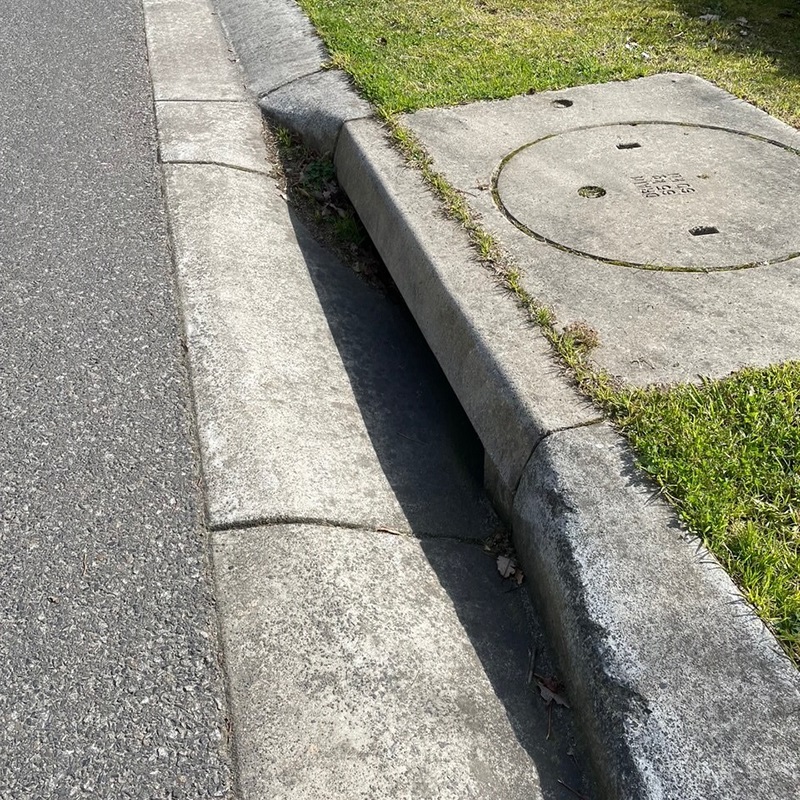
If you live within the catchment mapped area and have one of the above catchment connections contact us to assess your eligibility.
How much does it cost to join the project?
There is no cost to join the project. Successful applicants will have full costs covered which includes installing a new rainwater tank (if landowners don’t have one), pump, Tank Talk® technology and plumbing costs. This is subject to eligibility and will be assessed on a case-by-case basis. Having an existing tank does not exclude participants from receiving a new tank.
How much tank water must be reserved for the project?
50% of the tank storage is reserved for the project, for the life of the project. The program is designed so it will only release what is available to the project at that time. If there is not enough water in the tank, then no releases will be made.
Who maintains the tank?
The landowner will be responsible for maintaining the tank for the life of the project (during the project) and will continue to maintain the rainwater tank after the project has finished.
Landowner/s will be responsible for cleaning the gutters, and leaf traps entering the rainwater tank. The landowner/s must not alter or interfere with the rainwater tank or its set up for the life of the project.
The Tank Talk® (OneBox®, Valve and level sensor) will be managed and maintained by the project partners.
How much power does the rainwater tank setup use?
The approximate running cost for pumping 20,800L of water per year at 1.5 KWh/KL @ 30c/KWL = $9.36/yr (This includes Tank Talk® operations). Pump rates will vary depending on usage and rainwater tank size. Visit Iota to learn more about Tank Talk®
How much could I save on my water bill?
The net savings to the household are around approximately $65/yr for a low water-using household, more if the household has a higher water usage.
Why does the project only include 100 residential rainwater tanks?
This project is poised for completion at the end 2029, therefore, the installation of 100 residential smart tanks is a manageable number of tanks given the cost, timeline and the nature of proper and thorough consultation. This round of tank installations is also seen to be Stage One of the project, with the possibility of additional tanks being installed at further locations during subsequent phases.
Why was Monbulk Creek chosen for this location?
Monbulk Creek was identified as a priority area as it contains one of Melbourne’s few remaining populations of platypus which are under threat from stormwater pollution, litter, flooding events, habitat, and biodiversity loss.
It has been identified as a priority catchment for stormwater and flow management in the Healthy Waterways Strategy.
The site is ideal due to the presence of large water storages - Belgrave Lake and the two ponds at Birdsland Reserve - which offer an excellent head-start in creating the necessary storage to provide environmental flow releases through a network of storages to help achieve the desired flow regime in Monbulk Creek. Read Melbourne University’s Saving Melbourne’s Platypus with Smart Water Storage to find out more.
How will my tank help Monbulk Creek?
Your rainwater tank will be used to release water into Monbulk Creek when it needs it the most and this will help improve the creek flow known as environmental flow or environmental water.
Environmental flows are the flow of water needed to support the health and vitality of our natural waterways, including its aquatic life and habitats. Environmental flows are not just about the quantity of water provided, but also the timing and quality of that water - elements necessary to sustain natural ecological processes.
Visit Melbourne Water’s website to find out more about environmental water flows.
Alternatively, the rainwater tanks can also release water before heavy rainfall to help minimise flooding.
What happens to the Tanks for Platypus tanks at the end of the project?
At the end of the project there will be two choices for participants:
- If further funding is secured and the project can extend its research residents will be given the opportunity to sign another MoU to join the next phase of the project. The tank set up and Tank Talk® system will stay the same. The landowner will still own the tank and be responsible for the maintenance of gutters and leaf traps.
- Residents can opt out of the extension of the project. Residents will keep the rainwater tank and it will still flush the toilet/s but all Tank Talk® hardware and technology will be removed. The tank will no longer perform timed releases and will only overflow when full. The landowner will still own the tank and be responsible for the maintenance of gutters and leaf traps.
Can an existing tank be retrofitted?
An existing tank can be retrofitted for the project if the tank and property meets all criteria including:
- direct connection to the creek or local stormwater drains that are linked into the Monbulk Creek Catchment
- the tank is in good condition and a suitable size
- the tank location and plumbing
Each tank and property needs to be assessed before we can determine if your suitable for the project.